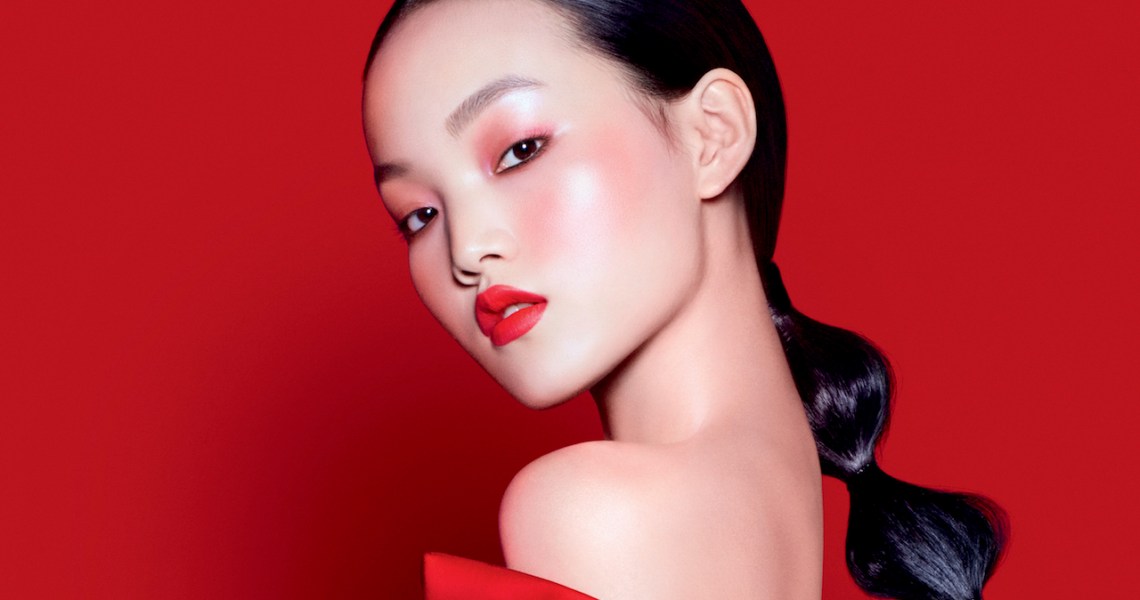According to Glossy-exclusive Launchmetrics data, the top-10 luxury brands globally in beauty during February saw Dior, Estée Lauder and Shiseido placed in the top three, while Givenchy ranked at No. 10. Dior topped off the list with $41.6 million in MIV, a proprietary Launchmetrics metric standing for media impact value.
“Dior [beauty] has done a great job of building a beauty empire of their own and attracting a strong following, but they also have done an amazing job of leveraging their main Dior social channel to direct people to the Dior beauty channel,” said Alison Bringé, Launchmetrics CMO.

Types of content
To no surprise, influencers continue to have the biggest grip on driving monetary value compared to print media, celebrities, official partners and a brand’s own media channels. Influencers contributed 35-64% of MIV for all top 10 beauty brands. For Dior, the Korean male influencer Nam Joo-hyuk provided $982,000 in MIV with a single post. Meanwhile, celebrities only drove 8% of Dior’s MIV and 1% of Estée Lauder’s.
February is a unique month because of the overlap between Chinese New Year and Valentine’s Day, with the latter a big shopping occasion for fragrance. This influences the content brands posted. For its part, Dior launched a limited-edition lipstick around Valentine’s Day that generated $56K in MIV.
For Chanel, which declined from the No. 3 spot in January to the No. 4 spot in February, content shifts to deemphasize beauty during certain periods. Bringé pointed out that Chanel held its Spring 2021 haute couture fashion show in late January and Fall 2021 ready-to-wear show in early March, so the brand may have purposefully pulled back on beauty content to not compete with its fashion category. Since January, Chanel’s MIV declined 31% to $29.3 million. Chanel CFO Philippe Blondiaux told the Financial Times in June 2020 that Covid-19 would impact the luxury sector for the next two years, but the fashion house would remain committed to not discounting or selling online.
Most impactful geographies
Dior and Estée Lauder data shows that the countries that contributed the most to MIV were China and U.S., though notably, Dior’s third-largest MIV contributor was France. Estée Lauder has focused on growth in China for at least the past four years, according to Glossy reporting. Launchmetrics data, which tracks where influencer content comes from, showed that the Chinese version of TikTok, called Douyin, represented 48% of Estée Lauder’s influencer voice. In fact, nine out of the 10 top posts for the brand were on Douyin, with one of its top-rated posts being from the Chinese key opinion leader Austin Li, who generated $343,000 from a single post.
Ad position: web_incontent_pos1
“With China reopening quicker than anywhere else in the world, everyone’s concentrated on selling more in China,” said Bringé. “Dior, however, is taking a much more global approach. Their approach to media and influencers is much more democratic by working with publications and people all over the world.”




